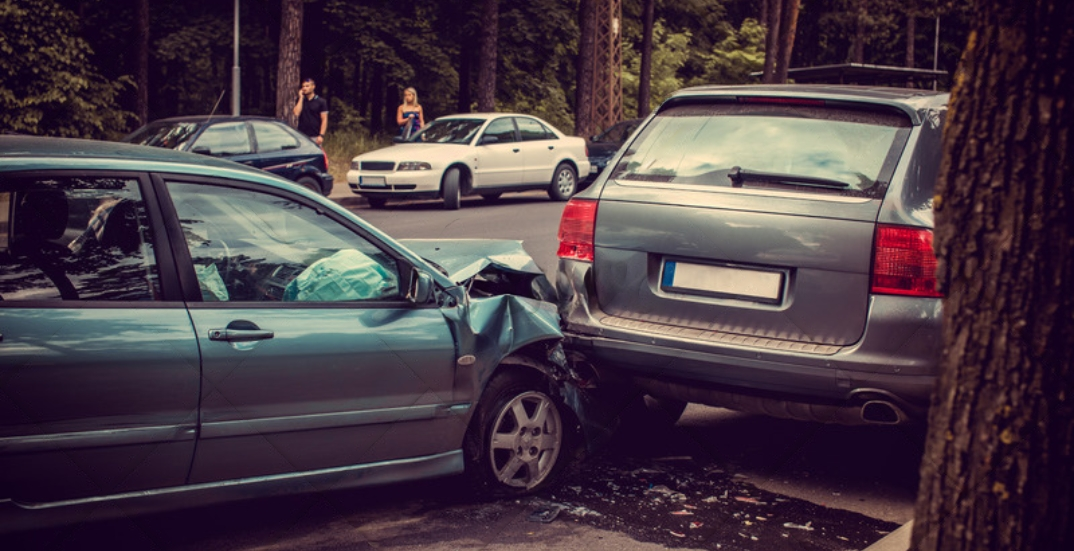
Any person familiar with courtroom TV shows or movies understands how important evidence can be. Whether we are talking about a criminal case or a civil case, evidence is usually the focal point at a trial. Demonstrative evidence is evidence that is in the form of a representation of an object. This is different from “real” evidence that cannot actually be present in the courtroom. It is important to understand demonstrative evidence, particularly if you are involved in any type of criminal or civil court case.
Properly Defining Demonstrative Evidence
In order to properly define demonstrative evidence, we can give a scenario. Suppose you are a third-grader in school at a traditional show-and-tell event. Let us also suppose that the theme is “show what your parent does for work,” and a child’s mother is a firefighter. The child cannot very well bring a fire engine to the classroom, but they could bring a model of a fire engine with them to show the other students. This model fire engine would be considered “demonstrative” because it demonstrates one of the tools that their mother uses for her job.
There are various types of demonstrative evidence that can be used in a personal injury trial (or any type of trial for that matter). Demonstrative evidence can include:
- Pictures
- Graphs
- Animations
- Maps
- Simulations
- Videos
- Movies
- Sound recordings
- Models
- Displays
- Objects
Anything that can be used at trial or in a hearing to support the facts that the party is trying to prove can be considered demonstrative evidence.
What is Real Evidence?
Real evidence is exactly as it sounds – it is “real” items that are not represented through some sort of demonstrative process. In our third-grade class show-and-tell scenario mentioned above, the “real” evidence would have been the actual fire engine that their mother uses at work. The problem with real evidence, not just in the show-and-tell scenario but in a personal injury case, is that it is not always possible to have the real item in court.
In order to reasonably use demonstrative evidence in court, the demonstrative item must offer a fair representation of the real evidence in question.
An Attorney Can Help
If you or somebody you care about has been injured due to the negligence of another individual or entity in West Virginia, it is important to work with an attorney as soon as possible. A skilled personal injury attorney will have the experience necessary to handle every aspect of your case. This will include conducting a complete investigation into the incident in order to gather any evidence needed to prove liability.
An attorney will have a thorough understanding of the evidence necessary to win your case, and they will know what types of demonstrative evidence will be beneficial in hearings and at any eventual personal injury trial. It is not uncommon for demonstrative evidence, in and of itself, to not be enough to win a case. It may be necessary to obtain assistance from expert witnesses who can explain the demonstrative evidence to the judge or personal injury jury. Demonstrative evidence is going to be used in conjunction with other types of evidence to build a strong case on behalf of the plaintiff.




